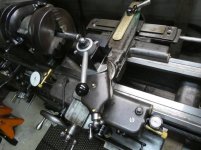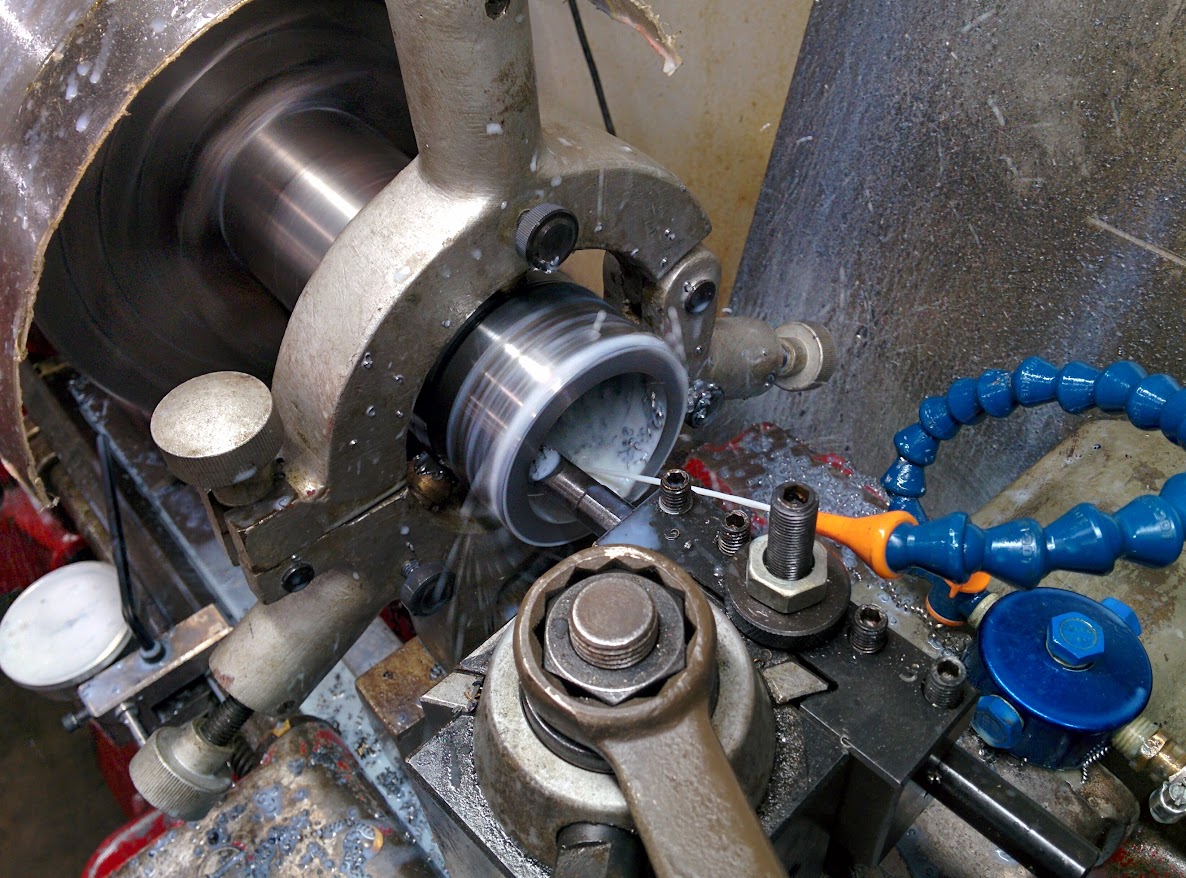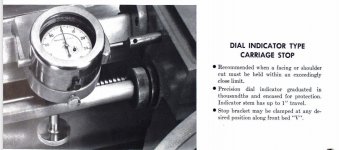I was wondering how you guys handle this lathe operation. I had some 8620 I wanted to use as a precision holding fixture for some thin wall tube and needed to machine an ID of .75 and a depth of 2". I started with a 1/2" drill operation and went about 2 1/4 inches in. Then I started turning the ID larger but with the chips building up inside and out of sight I was looking for some "experience points" that I don't have. How do you guys handle this when encountered? the DOC was about .015 max and .010 usually.

I ended up plunging about 1/2 way and retracting the cutter and cleaning out the hole, then plunging again to about .25 from final depth and retracting again..

On the first few passes I could hear some crunching after a while and that was how I figured my depths but what do you guys do?
Oh and you know I enjoyed the heck out of my new functionality with the Z indicator!


I ended up plunging about 1/2 way and retracting the cutter and cleaning out the hole, then plunging again to about .25 from final depth and retracting again..

On the first few passes I could hear some crunching after a while and that was how I figured my depths but what do you guys do?
Oh and you know I enjoyed the heck out of my new functionality with the Z indicator!



 . But spring pin of handle needs to be out of apron hole as you touch, or it will crash.
. But spring pin of handle needs to be out of apron hole as you touch, or it will crash.


